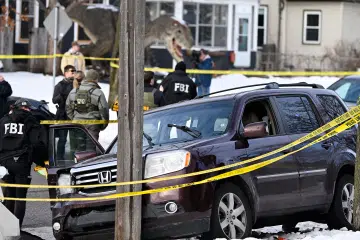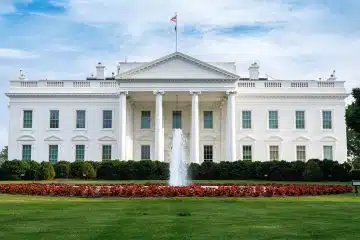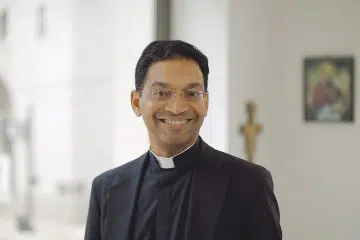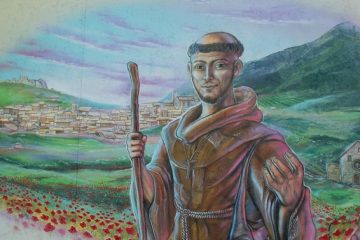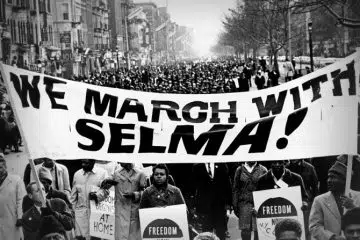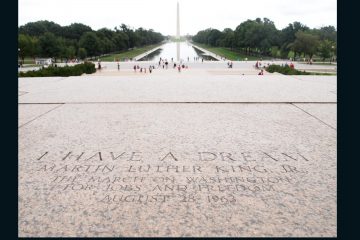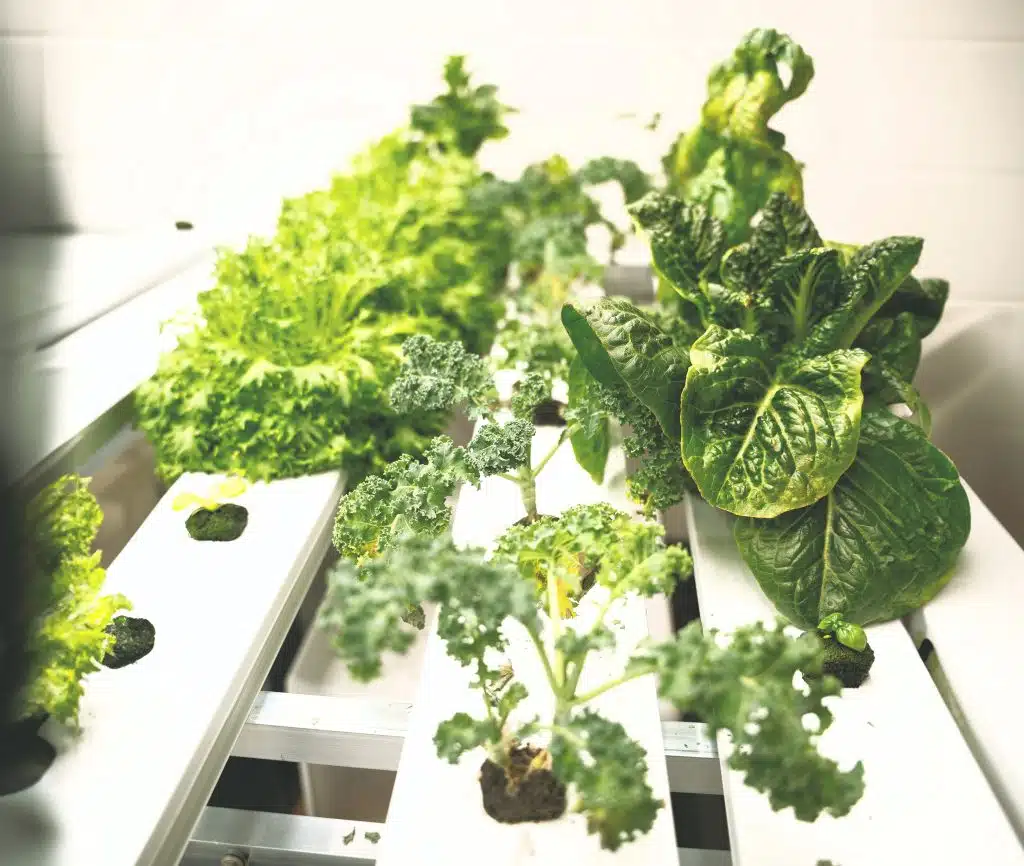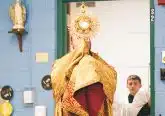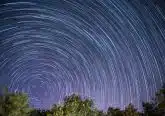Creation and Sustainable Farming
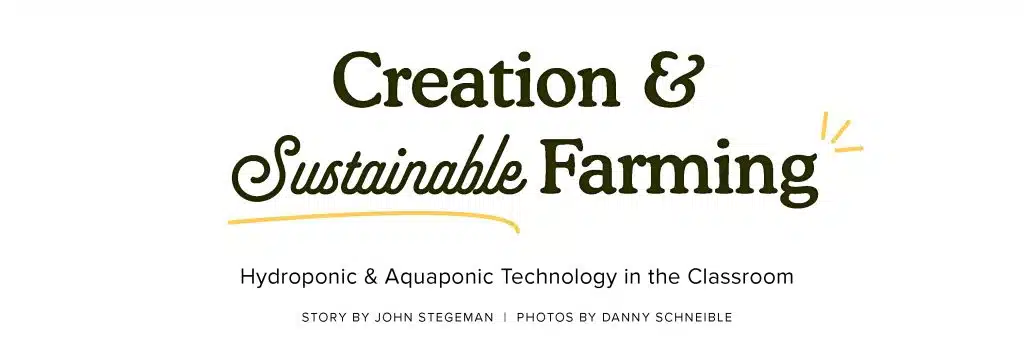
 Carroll High School science teacher Todd Tayloe learned several years ago that one in seven jobs in the state of Ohio dealt with agriculture, and those jobs were going unfilled. In an effort to help students see alternative career options, he turned to hydroponics and aquaponics.
Carroll High School science teacher Todd Tayloe learned several years ago that one in seven jobs in the state of Ohio dealt with agriculture, and those jobs were going unfilled. In an effort to help students see alternative career options, he turned to hydroponics and aquaponics.
Hydroponics is the process of growing plants in a nutrient- rich water solution, as opposed to soil. Aquaponics is a form of agriculture that combines raising fish in tanks with soilless plant culture.
“I started the first year to try to bring agriculture into Carroll, because most of the kids, if they think of science jobs outside of school, they think engineering or medical,” Tayloe said. “They don’t really think about the agricultural route.”
Tayloe’s Scholarship Biology students grew corn in buckets of dirt with varying success. From there, he brought his agricultural ideas to his ecology class, enhancing his original grow system with a grow tent and more lights. Finally, he included hydroponics.
“I was trying to come up with ways to teach them about sustainable farming that we could do in the classroom,” Tayloe said. “I thought, let’s think more sustainably, let’s talk about hydroponics. You know, it’s something that you can do pretty much anywhere as long as you have water and the means.”
To supply the means, Tayloe earned grants and asked companies to donate materials.
The move to aquaponics also fit in nicely with teaching zoology. Now Tayloe’s classroom has a system with one 155-gallon fish tank and multiple 35-gallon tanks for plants. The fish waste fertilizes the plants, and the plants help clean the fish tanks. He has about 25 tilapia nearing their goal weight of two pounds and healthy crops of basil, cilantro and lettuce.
The herbs and vegetables produced in his class go to the Carroll cafeteria, and he will teach his students how to prepare the fish for a classroom fish fry at the end of the semester.
Tayloe has taught at Carroll for seven years, after starting his teaching career in public schools. He was motivated to not just teach students another use for science, but show them how it ties in with Catholic social teaching.
“Obviously, there’s stewardship of creation, sustainability, sustainable farming. We are going to have to come up with new ways of farming when we hit the next big population mark of 10 billion within our kids’ lifetimes, if not our lifetimes. There’s got to be places for people to live. So, you know, agricultural land is going to get subsided. Either we’re going to take away from the forest or we’re going have to come up with better ways to do it. This is my way of showing kids [that there is] a different way to farm, and this is also a way that they could go into a business of farming without having to have a huge plot of land.”
Tayloe also incorporates prayer into his classes and encourages expressions of faith.
“It’s not something that I got to do at the public schools,” he said. “Our job as teachers is to show students what’s out there… I don’t think the kids at Carroll think about where their food comes from and how that could become a career later on. To be able to also bring in how, as God’s children, we need to break bread together and feed the world, literally feed the world and figuratively feed the world—I think it’s a good place to try to do that.”
This article appeared in the April 2024 edition of The Catholic Telegraph Magazine. For your complimentary subscription, click here.


